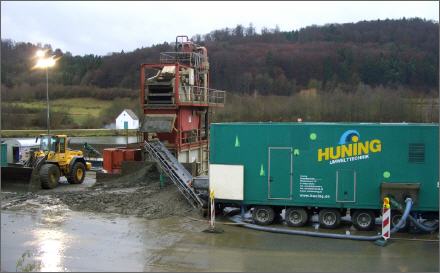

Mass movement occurs on cleared slopes in coastal areas. Read more about gully erosion (PDF, 200KB). diversion of a drainage line to an area of high erosion risk, such as a steep creek bank or soil that is highly prone to erosion.‘down cutting’ in a creek that causes gullies to advance up the drainage lines flowing into it.low flows or seepage flows over a long period.poor vegetation cover that may be caused by overgrazing, fires or salinity problems.improper design, construction or maintenance of waterways in cropping areas.runoff concentration caused by furrows, contour banks, waterways, dam bywashes, stock pads, fences, tracks or roads.increased runoff from land use changes such as tree clearing in a catchment or construction of new residential areas.cultivation or grazing on soils susceptible to gully erosion.However, gullies may reach depths of 10–15m on deep alluvial and colluvial soils. Gully depth is often limited by the depth of the underlying rock which means gullies are normally less than 2m deep. This type of erosion is highly visible and affects soil productivity, restricts land use, and can damage roads, fences and buildings. In cultivation or pastures, advanced rill erosion can develop into gully erosion. Gullies may develop in watercourses or other places where runoff concentrates. Splashback at the base of the gully head erodes the subsoil and the gully eats its way up the slope. Gully erosion happens when runoff concentrates and flows strongly enough to detach and move soil particles.įor example, a waterfall may form, with runoff picking up energy as it plunges over the gully head. Rill and sheet erosion on a cultivated paddock slope steepness-the speed of runoff increases on steep slopes, which increases the power of water to break off and carry soil particles.slope length-if a slope is long, water running down the slope becomes deeper and moves faster, taking more soil with it.nature of the soil (erodibility)-clay soils vary in their ability to withstand raindrop impact.rainfall intensity (erosivity)-high intensity rainfall creates serious risk as heavy drops on bare soil causes the soil surface to seal.


The vulnerability of soils to water erosion depends on: Well-structured soils are less prone to break up, and the impact of raindrops is minimised if the soil surface is protected by plant or litter cover. Water then accumulates on the surface and increases runoff which takes soil with it. These fragments wash into soil pores and prevent water from infiltrating the soil. Raindrops hit bare soil with enough force to break the soil aggregates. Queensland’s high intensity summer rainfalls represent a significant risk of erosion by water. If we want to save our soils, we need to understand the different types of erosion that can occur. Soil erosion is a widespread problem in rural and urban Queensland.


 0 kommentar(er)
0 kommentar(er)
